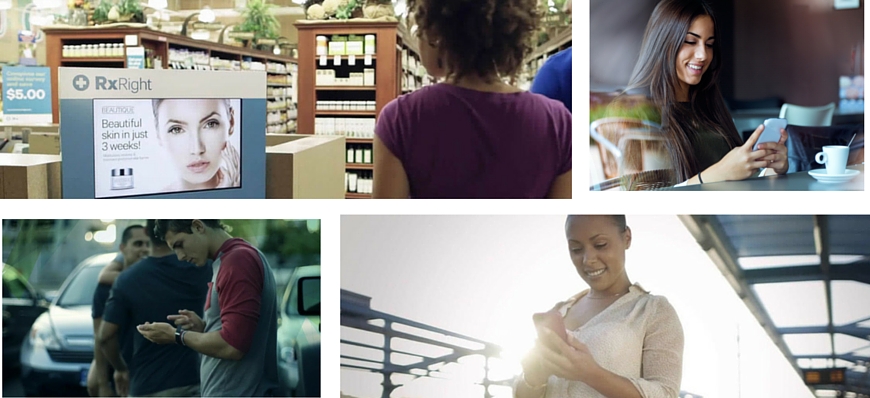With the rise of ubiquitous mobile devices, anywhere/anytime internet access, and a seemingly never-ending tide of promising new marketing technologies, one could easily conclude we are in a Marketing Renaissance. For several years, industry watchers have predicted the demise of classic advertising as we move to an era of 1:1 marketing, perfectly personalized content and curated branded conversations, and just-in-time customer experiences.
And yet, that Marketing Renaissance has not yet been fully realized. In many ways, the key marketing challenges looking ahead to 2016 read much like they did five and perhaps even ten years ago:
• Consumer-facing businesses still struggle to execute truly omni-channel experiences. In particular, the online and offline worlds remain worlds apart.
• Ad tech has failed to deliver more personalized and contextually-relevant content, at the right time and place.
• The mobile revolution while creating more opportunities and heightened expectations for consumer engagement has ironically taken us back several steps in our technical ability to effectively understand and act upon consumer needs.
So what happened?
Mobile. Five years ago, the average US adult with a smartphone spent less than an hour a day on their device. Today, it is approaching three hours, and for the other 21 hours a day the phone is either in their pocket or next to their head while they sleep! In absolute terms, mobile engagement has exceeded web-engagement. If digital has eaten traditional media, mobile has surely eaten digital.
Here’s the catch: mobile is…mobile. More precisely, devices are not mobile, the people using them are. We are a human race, and we live in a physical world. We go to real, actual places; interact with real, actual things; and have real, actual experiences. The era of people bunkering down in their darkened apartment glued to every social post has been replaced by people out and about in the actual physical world, in the broad light of day (very likely still glued to their social feed, but out and about nonetheless)!
This new reality has created an unbelievable opportunity for marketers seeking to create more contextually relevant experiences in the right magic moment, but in the near-term has broken a digital model that marketers had come to accept as the how things work. They grew up in a digital world where it was possible to know virtually everything about a consumer visiting locations which they called “web” sites, in real-time:
• How long are they there?
• Where did they come from?
• What specific products are they viewing?
• What are their favorite locations?
• Who are their friends?
• How can we tie that back to reach data repositories about their demographics, their economic history, their loyalty, and so much more?
But in the mobile, and hence physical world, this knowledge has been much more limited. GPS only sees people outside, and indoor technologies such as Wi-Fi or video are inexact. Procurement data only sees the minority of people who buy something, and well after the fact. It has not been possible to understand where people are exactly, especially indoors or at a product/shelf level. It has also not really been possible to know what their favorite locations are in the physical world, or who their favorite real people are in the physical world.
Wild, if you stop to think about it, isn’t it?
With today’s newer technologies, including enterprise-class geofencing, proximity beacons, and location-based marketing solutions, it is finally possible to, in essence, digitize the world and make “physical” sites operate just like “web” sites. What could you do if you could treat every physical site in the world the same as a website, and get all the same kinds of real-time information, and do all the same kinds of real-time things in response?
The opportunity it opens up to marketers and mobile developers is vast: 84% of shoppers use their mobile device in-store, and 77% of users are willing to share location data in return for superior, more tailored, mobile experiences.
Why get in line for coffee every day when it is possible to know you walked through the door and just automatically order the usual, skip the line, and debit your card? Why not be able to get the same opportunities afforded to you in a retail or dining or hospitality or sports environment as you can find online, but in the moment?
With these new technologies comes a whole new field of real-time location and proximity capabilities. The best practices have yet to be fully worked out. What experiences will consumers most welcome — and perhaps even demand — in every mobile application, and how can businesses respond to compete most effectively for their loyalty and business? How can we best bridge the physical and digital divide, and combine the best of both?
At Gimbal, we help our customers implement literally hundreds of ways to better inform and serve their customers, by helping them know better their physical context. And we help consumers to receive more contextually and physically relevant information from their favorite brands, at just the right time, and in just the right place. Quite simply, we make mobile apps actually mobile.
This blog is devoted to sharing the best practices we have uncovered with our customers, and to push the boundaries of location and proximity based mobile experiences.

